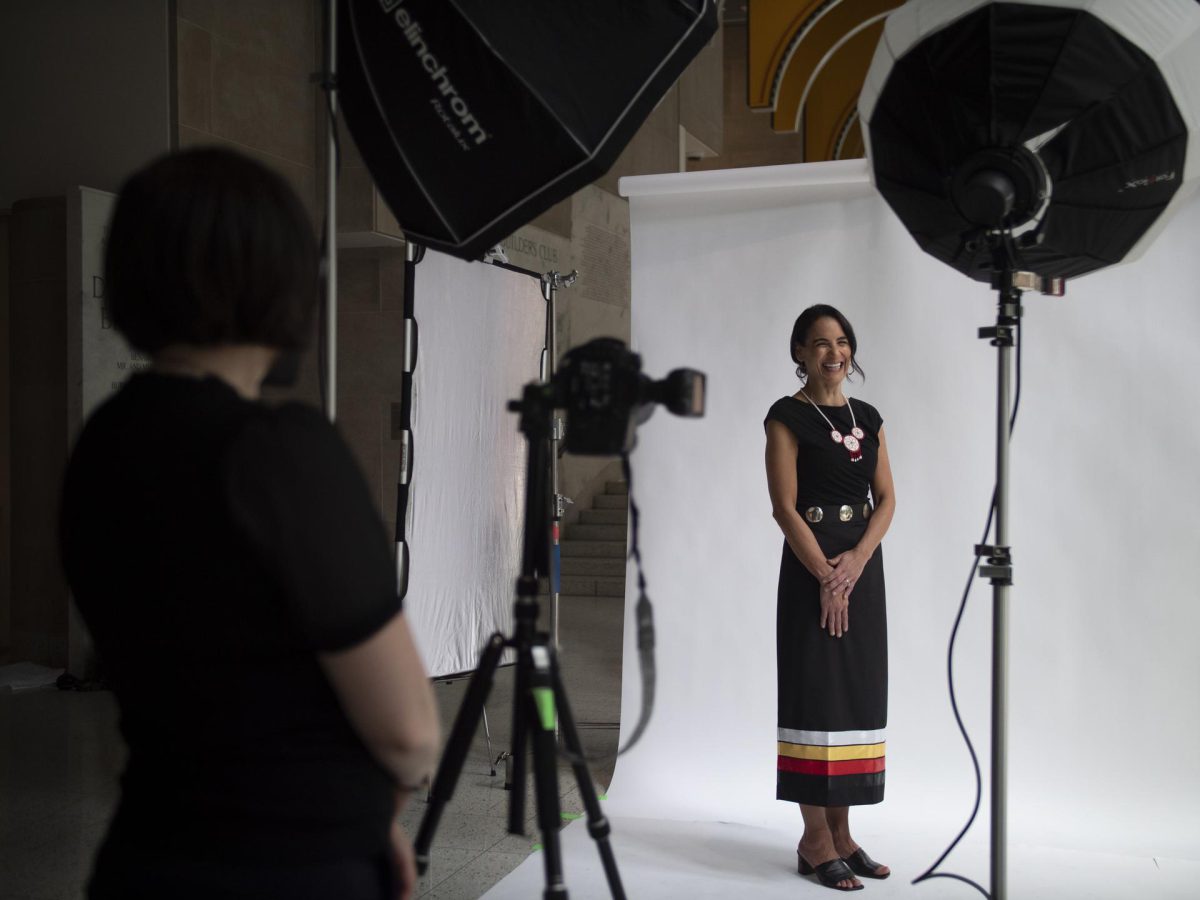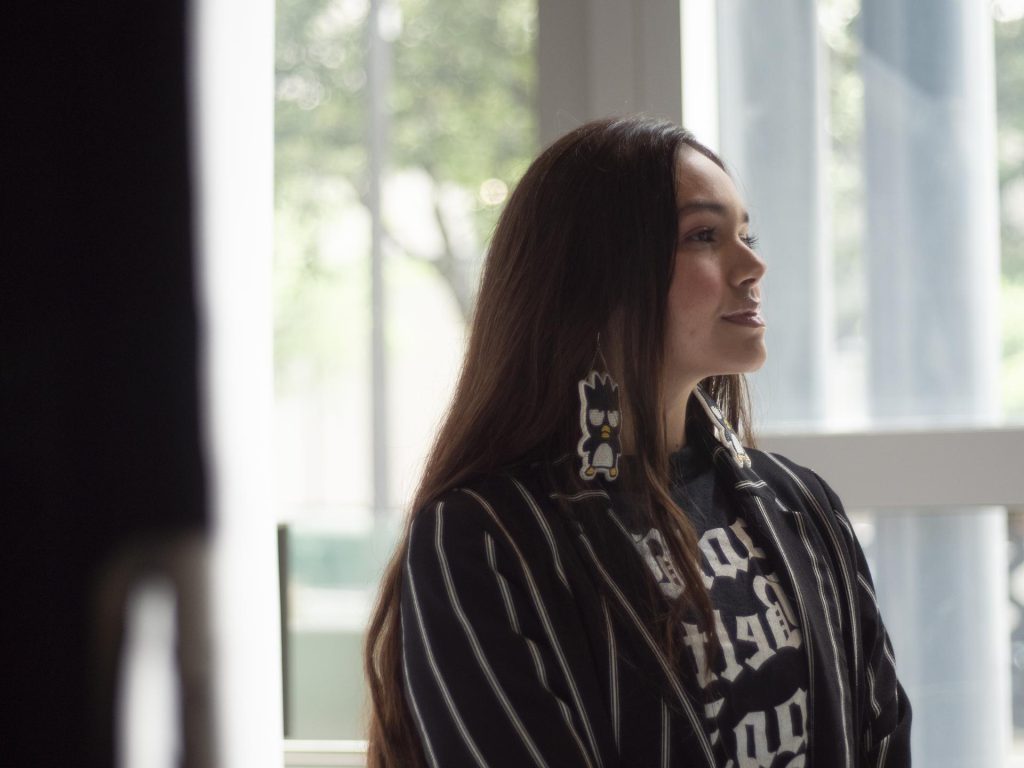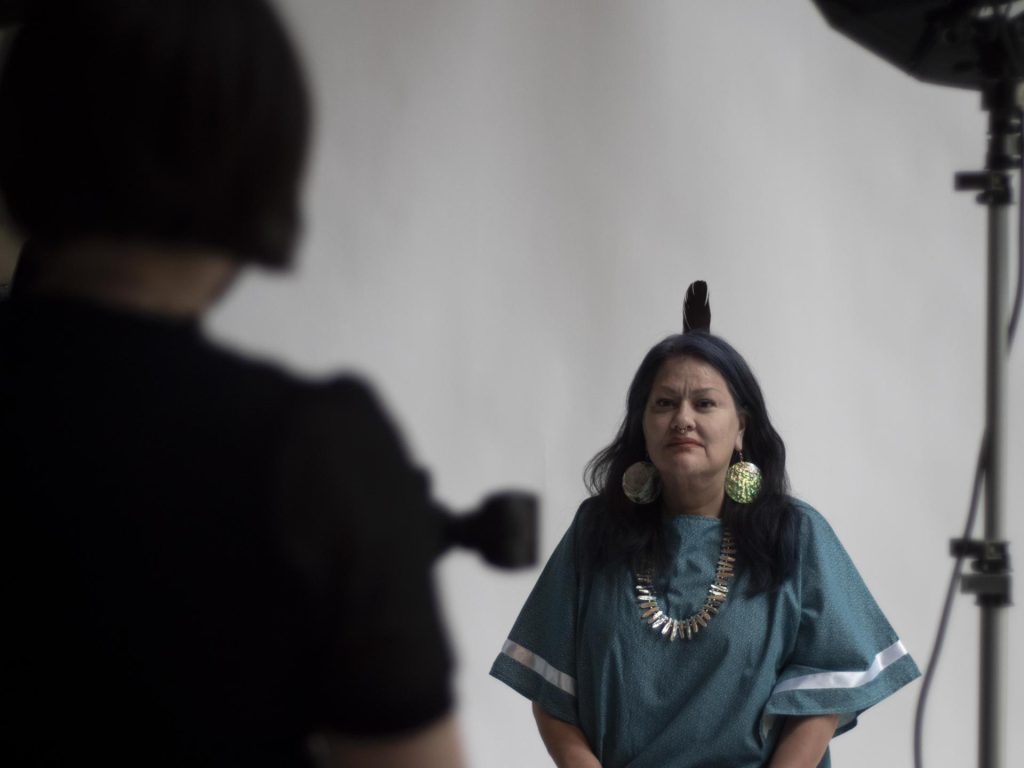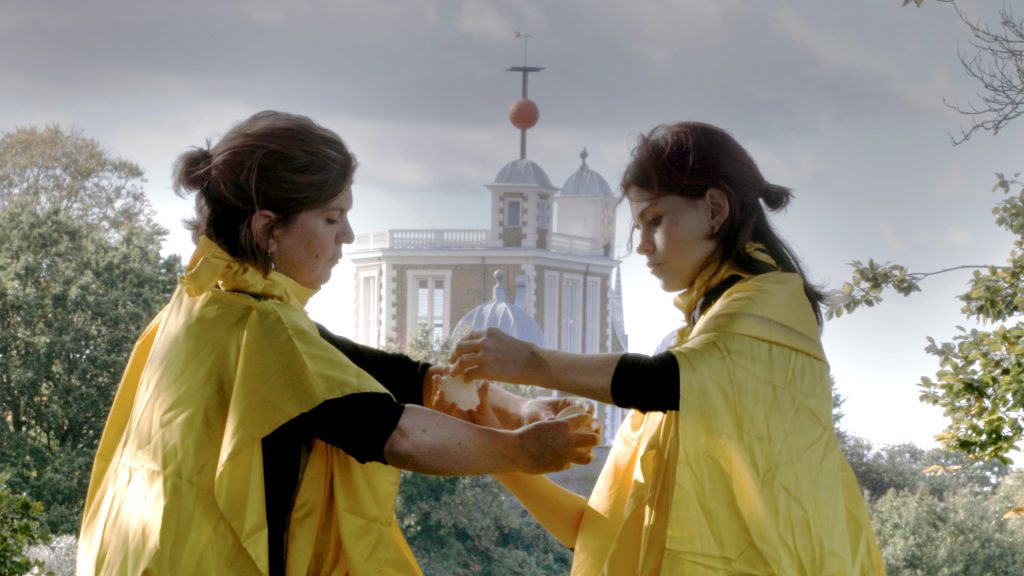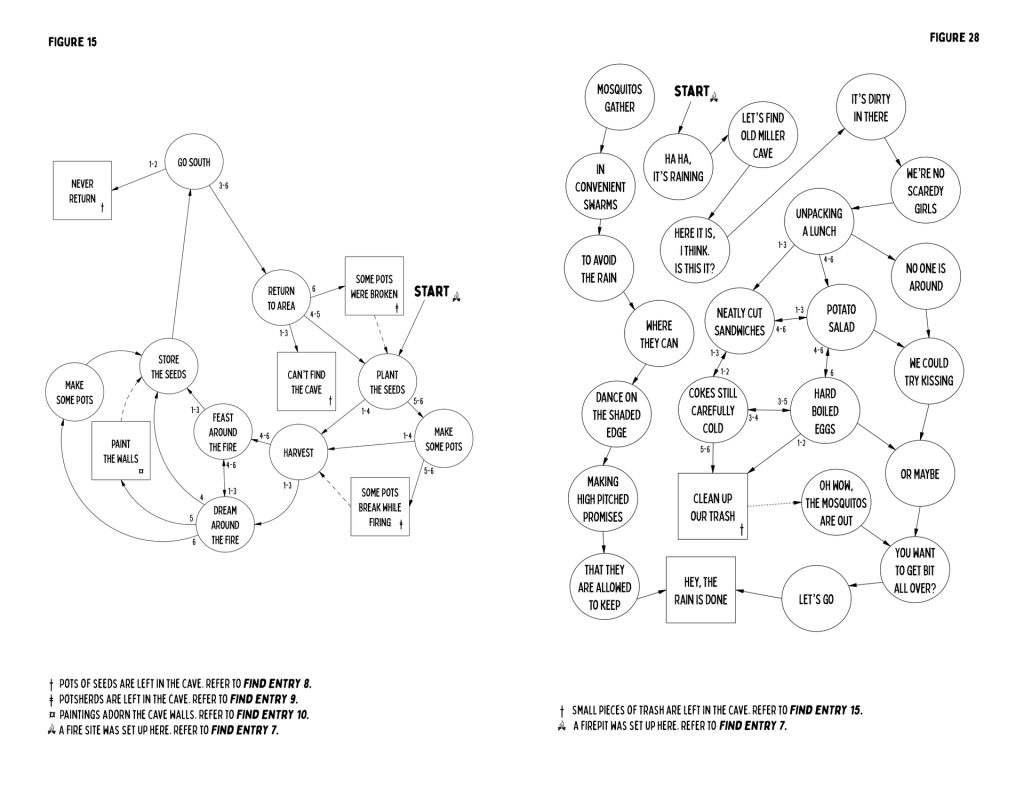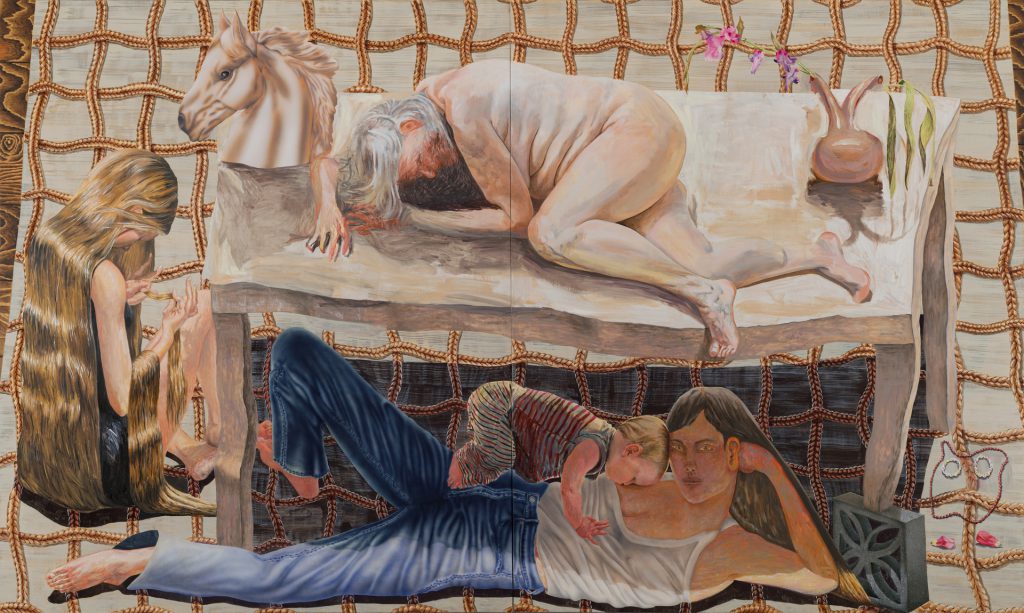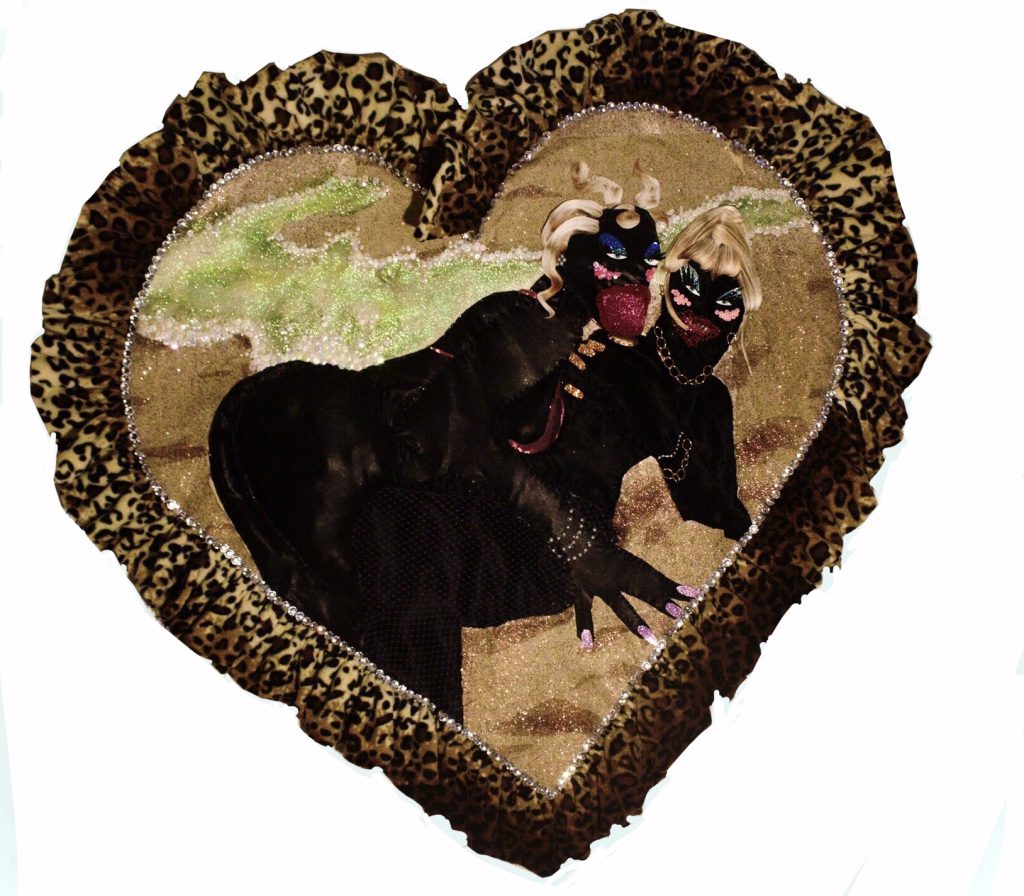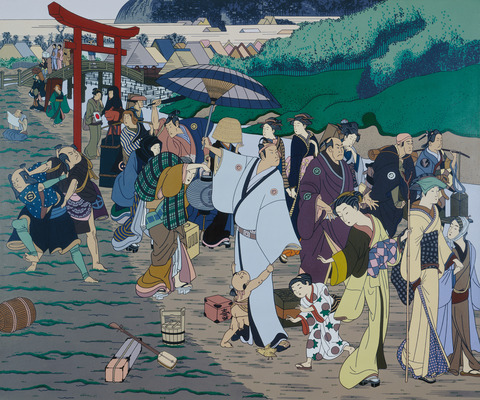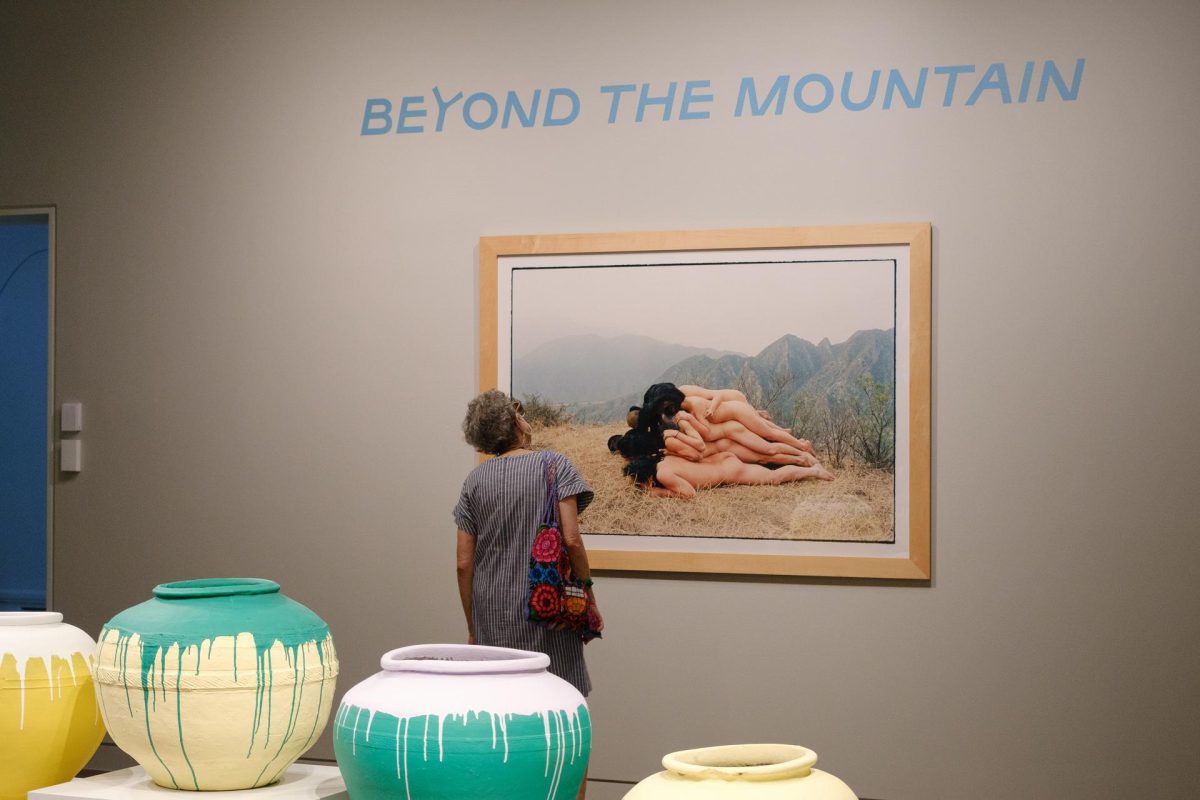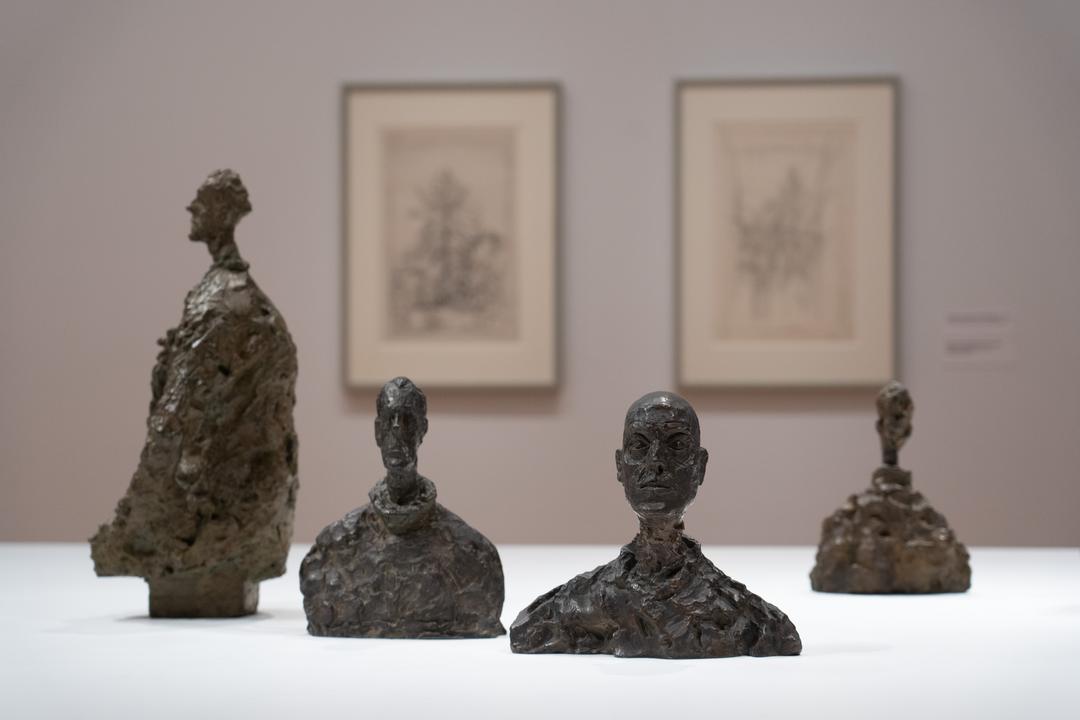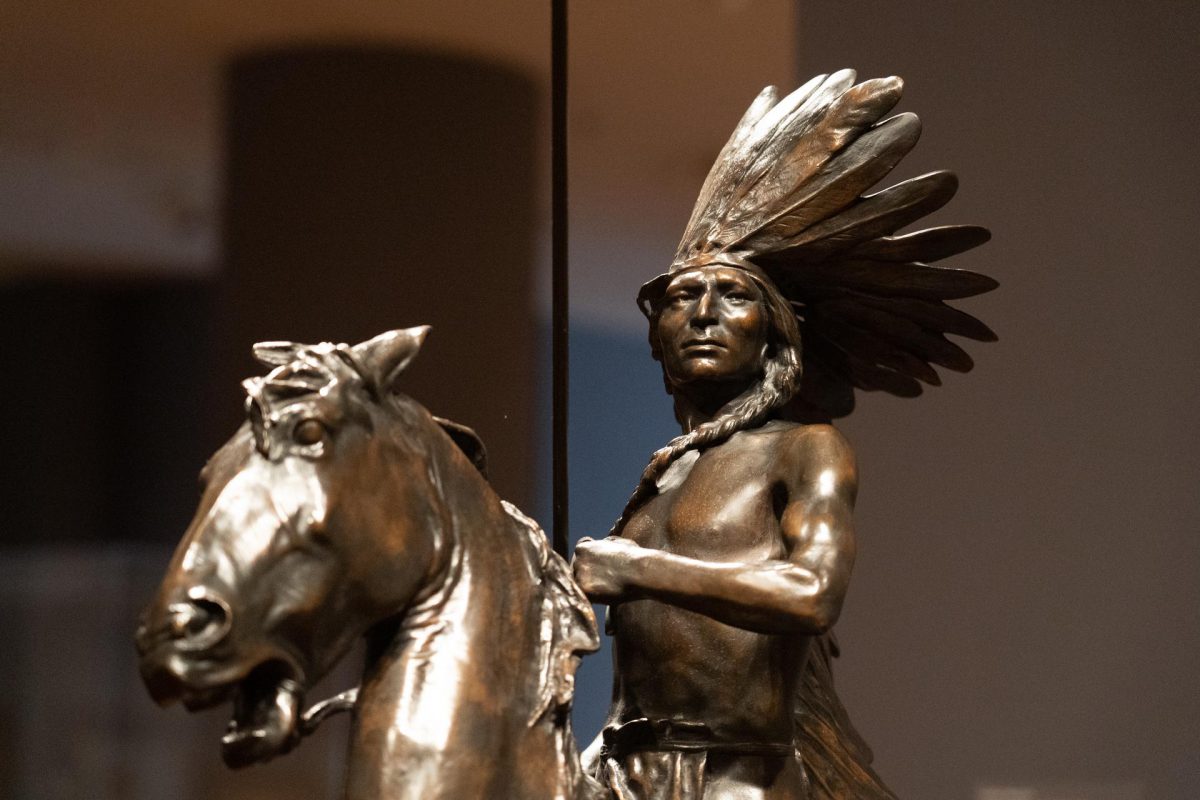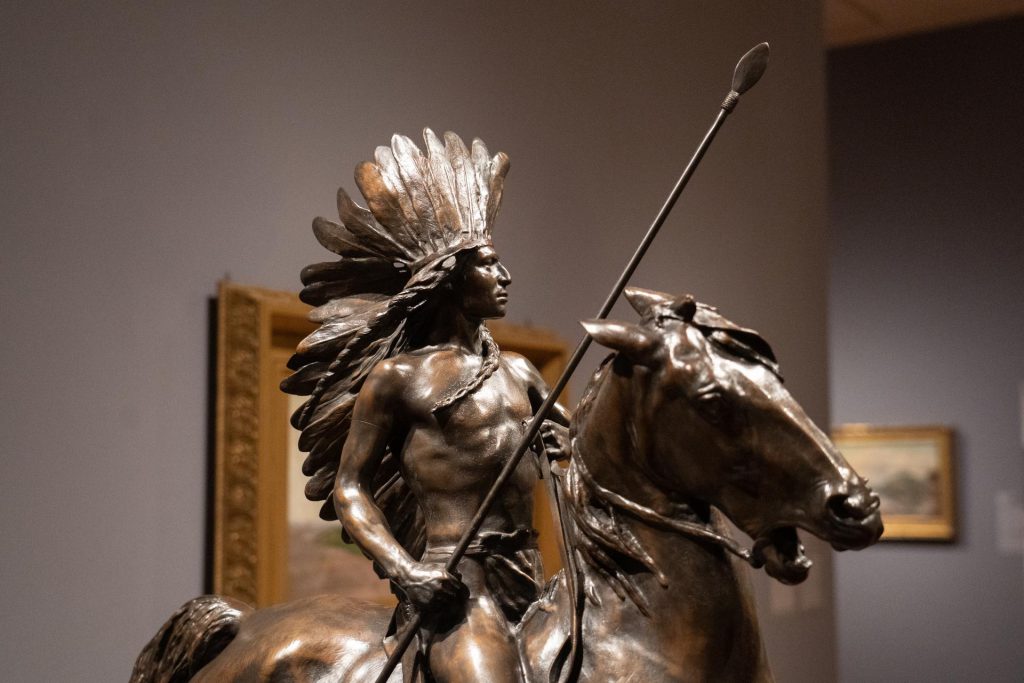Introducing American Art: The Stories We Carry at SAM
This week, SAM will enthusiastically reopen its American art galleries, revealing new perspectives on our collection, commissioned work from celebrated Northwest artists, and paintings restored by our conservation team. But the purpose of this update is much more significant than simply presenting a new array of must-see art.
This project, funded primarily by the Mellon Foundation and the Terra Foundation for American Art, has been an energizing, collaborative, and thoughtful exploration of what American art is today. To execute this examination, we assembled a paid advisory circle of 11 community leaders and artists to provide valuable feedback as we reinterpret our collection to meet the present moment and acknowledge the evolving definition of American art.
“With inclusivity as one of our values, we felt the urgency to take the collection and hold it accountable to that mission,” says Theresa Papanikolas, SAM’s Ann M. Barwick Curator of American Art.
The new galleries, titled American Art: The Stories We Carry, will present the collection thematically and across time periods and feature works by nationally renowned local and national artists long overdue for closer examination within the American context. This includes moving objects from SAM’s Native American art collection into the American art galleries—previously dominated by the work of white artists—for the first time.
“We acknowledge that we must change all aspects of our practice as an institution of privilege and one that cares for the belongings of others,” says Barbara Brotherton, SAM’s Curator of Native American Art.
Also on view will be newly commissioned works by Native artists Wendy Red Star (Apsáalooke) and Nicholas Galanin (Tlingit/Unangax̂), a themed gallery curated by Seattle artist Inye Wokoma, and a dedicated gallery for rotating series of temporary installations exploring fresh perspectives on American art. The first of these installations will feature 15 prints from Jacob Lawrence’s series The Life of Toussaint L’Ouverture.
Visit American Art: The Stories We Carry at SAM’s downtown location beginning October 20 and experience a more thorough representation of the past, present, and future of American art.
– Kat Bryant Flaherty, SAM Director of Marketing & Communications
This article first appeared in the July through September 2022 article of SAM Magazine and has been edited for our online readers. Become a SAM member today to receive our quarterly magazine delivered directly to your mailbox and other exclusive member perks.
Image: L. Fried.
